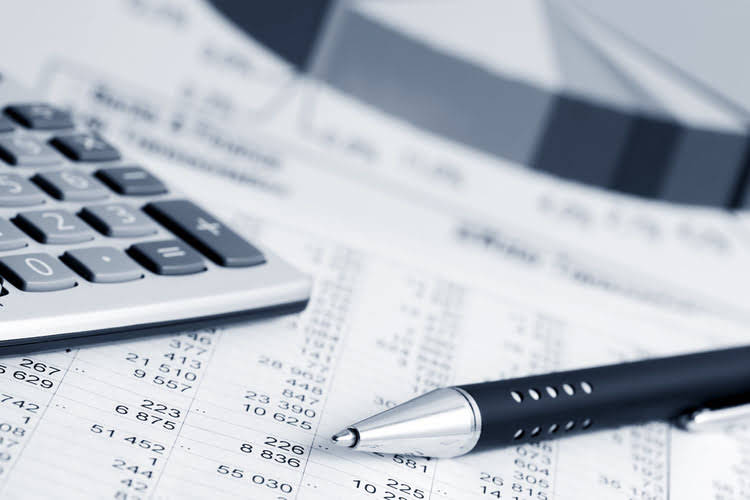
A balance sheet reports a company’s assets, liabilities, and shareholder equity at a specific time. It provides a basis for computing rates of return and evaluating the company’s capital structure. This financial statement provides a snapshot of what a company owns and owes, as well as the amount invested by shareholders. Financial statements are records that communicate a company’s income statement vs balance sheet accounts financial activities and performance. These documents provide a structured overview of an organization’s financial health. They are essential for informed decision-making by investors, creditors, and management, offering insights into a company’s past performance and future potential.
The Interconnected Nature of Financial Statements

Private companies can place the statements in the order they see fit. The P&L statement shows net income, meaning whether or not a company is in the red or black. The balance sheet shows how much a company is actually worth, meaning its total value. Though both of these are a little oversimplified, this is often how the P&L statement and the balance sheet tend to be interpreted by investors and lenders. Companies publish P&L statements annually, at the end of the company’s fiscal year, and may also publish them on a quarterly basis.
- The accountants track expenses related directly to game development, plus other expenses they need to keep their business running.
- Your company’s total assets must always be equal to the sum of total liabilities and total equity or else your balance sheet is not balanced.
- It typically includes components such as owner’s capital (initial investments) and retained earnings, which are the accumulated profits that have not been distributed to owners.
- Balance sheets are built more broadly, revealing what the company owns and owes, as well as any long-term investments.
- The cash flow statement shows cash movements from operating, investing, and financing activities.
- Learn the most important formulas, functions, and shortcuts to become confident in your financial analysis.
Can accounting software help you manage income statements and balance sheets?
7 Lili AI and other reports related to income and expenses provided by Lili can be used to assist with your accounting. Final categorization of income and expenses for tax purposes is your responsibility. Lili is not a tax preparer and does not provide tax, legal or accounting advice. You should consult your own tax, legal and accounting advisors regarding your specific situation. A balance sheet will have two resulting figures, one for each side of the statement.
Accounting Tricks
The profit and loss statement assesses profitability by detailing revenues and expenses over a period. Meanwhile, the balance sheet provides a snapshot of financial position, showing assets, liabilities, and equity at a specific point. Together, they offer a full view of financial health and operational efficiency.

Losses

Each of these plays a crucial role in allowing stakeholders to make informed decisions about the company. The 3 main financial statements are the income statement, the balance sheet, and the cash flow statement. The cash flow statement provides an overview of cash-based transactions. These provide an overall picture of a company’s financial health and are important for demonstrating assets and profitability to potential investors and shareholders. Balance sheets and income statements are 2 of the most important financial documents for a small business. The balance sheet shows a company’s current assets and liabilities, while the income statement reports revenues, expenses, and profits or losses for a particular time period.

Key Differences
By considering both activity over time and position at a moment, stakeholders gain a more complete understanding of a company’s financial journey and current standing. Assets are what a company owns, liabilities are what it owes, and equity is the ownership interest of the shareholders. An income statement, on the other hand, reports a company’s revenues, expenses, and net income over a specified period. Financial statements serve as structured reports that offer a comprehensive view of a company’s financial activities and overall health.
- Subtract the cost of goods sold (COGS) to calculate gross profit, which indicates the profitability of core operations.
- They summarize how well a company turns revenue into profit, making them essential for assessing profitability and operational success.
- If a company earns a net profit, it increases retained earnings, thereby boosting total equity.
- Income statements and balance sheets are two essential tools in the entrepreneurs arsenal for keeping tabs on their revenue, expenses and cash flow.
- Rick simplifies complex financial concepts into actionable plans, fostering collaboration between finance and other departments.
- Assets are usually listed in order of their liquidity — how quickly they can be converted to cash.
Unraveling the difference between a balance sheet and income statement

Accountants, analysts, and investors study a P&L statement carefully, scrutinizing cash flow and debt financing capabilities. The balance sheet tells you what your business owns and what it owes to others gym bookkeeping on a specific date. Let’s say your company made $100,000 in sales last quarter but spent $80,000 on rent, workers, and supplies. This sentence is very important for knowing profitability and planning how to handle your business’s money. Let’s say your company has $50,000 in cash and goods (assets) and $20,000 in loans (liabilities). This picture gives you an idea of how stable and financially healthy your business is.
- For instance, while a balance sheet might show robust cash assets, an income statement could reveal declining profits, suggesting liquidity without profitability.
- With the help of the best accounting software on the market, you can generate these reports automatically and have them sent to key stakeholders in your company on a recurring basis.
- On the other hand, Annual Reporting provides a more comprehensive view of a company’s financial performance over the entire fiscal year.
- If you take the credit and debit balance statement from the source of the general ledger, it is a trial balance.
- The balance sheet and income statement are prepared from journal entries and financial records generated in carrying out the operations of a business.
Differences Between a Balance Sheet and An Income Statement
The balance sheet, however, would display the company’s assets, such as cash, buildings, and inventory, alongside its liabilities, like loans and accounts payable. The equity section would include shareholder capital and the resulting net income, providing an https://selfithelabel.com/2022/08/08/what-is-vertical-analysis-learn-the-formula-with/ overview of the company’s financial standing at a specific point in time. Understanding the relation between taxes and financial statements is essential for both management and investors.
Operating Income
The name “balance sheet” is derived from the way that the three major accounts eventually balance out and equal each other. All assets are listed in one section, and their sum must equal the sum of all liabilities and the shareholder equity. Unlike an income statement, the full value of long-term investments or debts appears on the balance sheet. The P&L statement’s many other monikers include the “statement of profit and loss,” the “statement of operations,” the “statement of financial results,” and the “income and expense statement.” Depreciation is recorded on the balance sheet, then flows to the income statement and becomes an expense. It’s important to record all assets and corresponding depreciation on the balance statement so that they can also be accounted for on the income statement.
